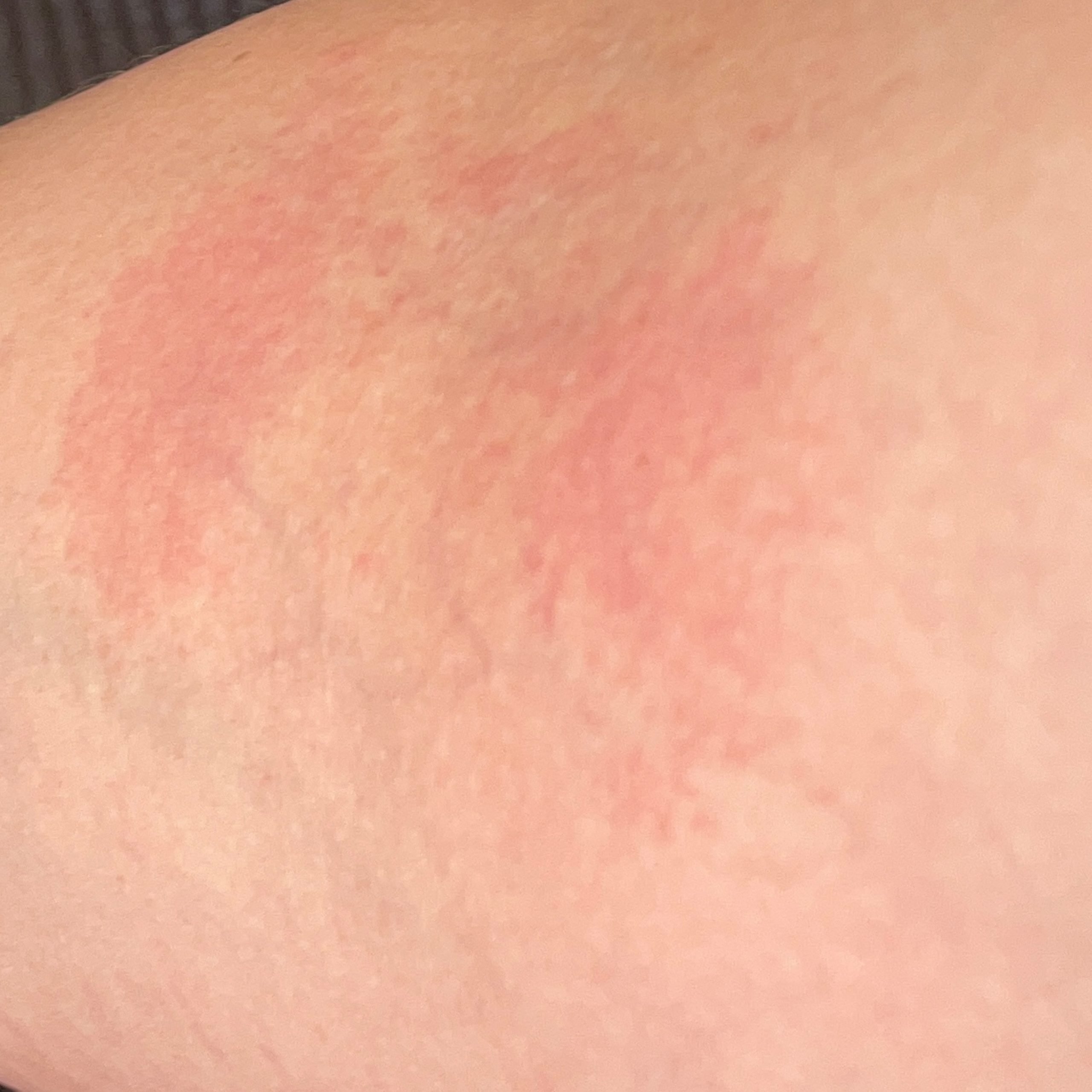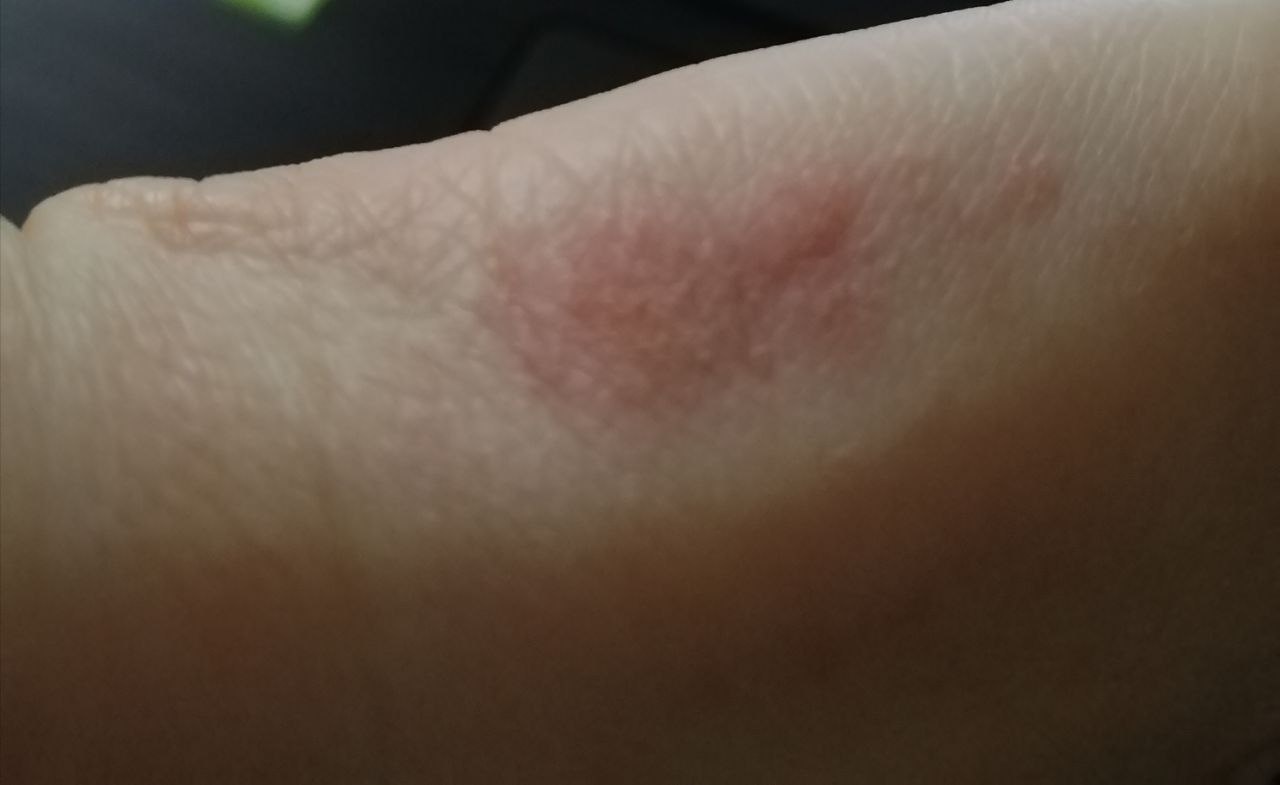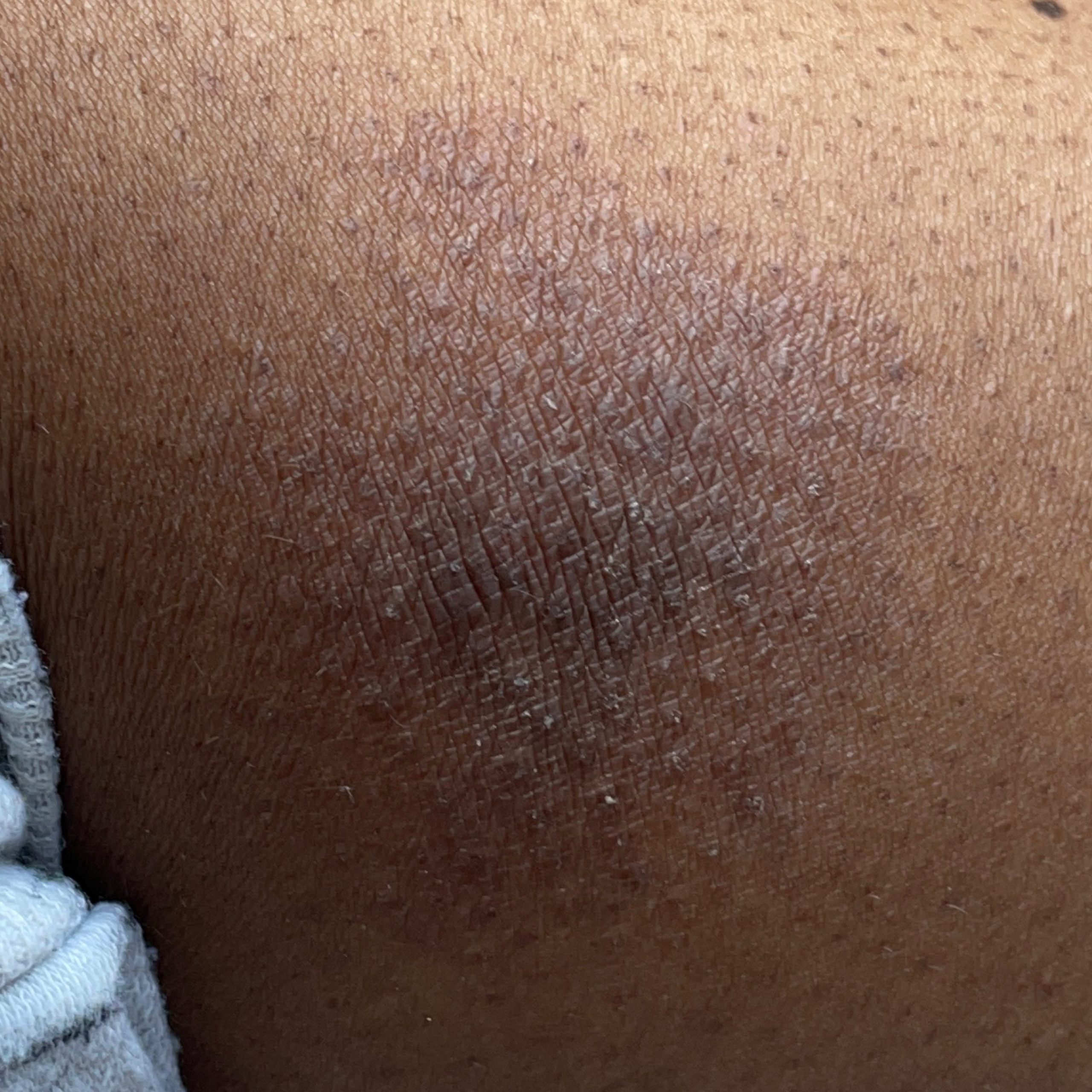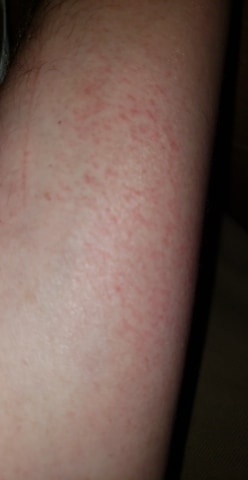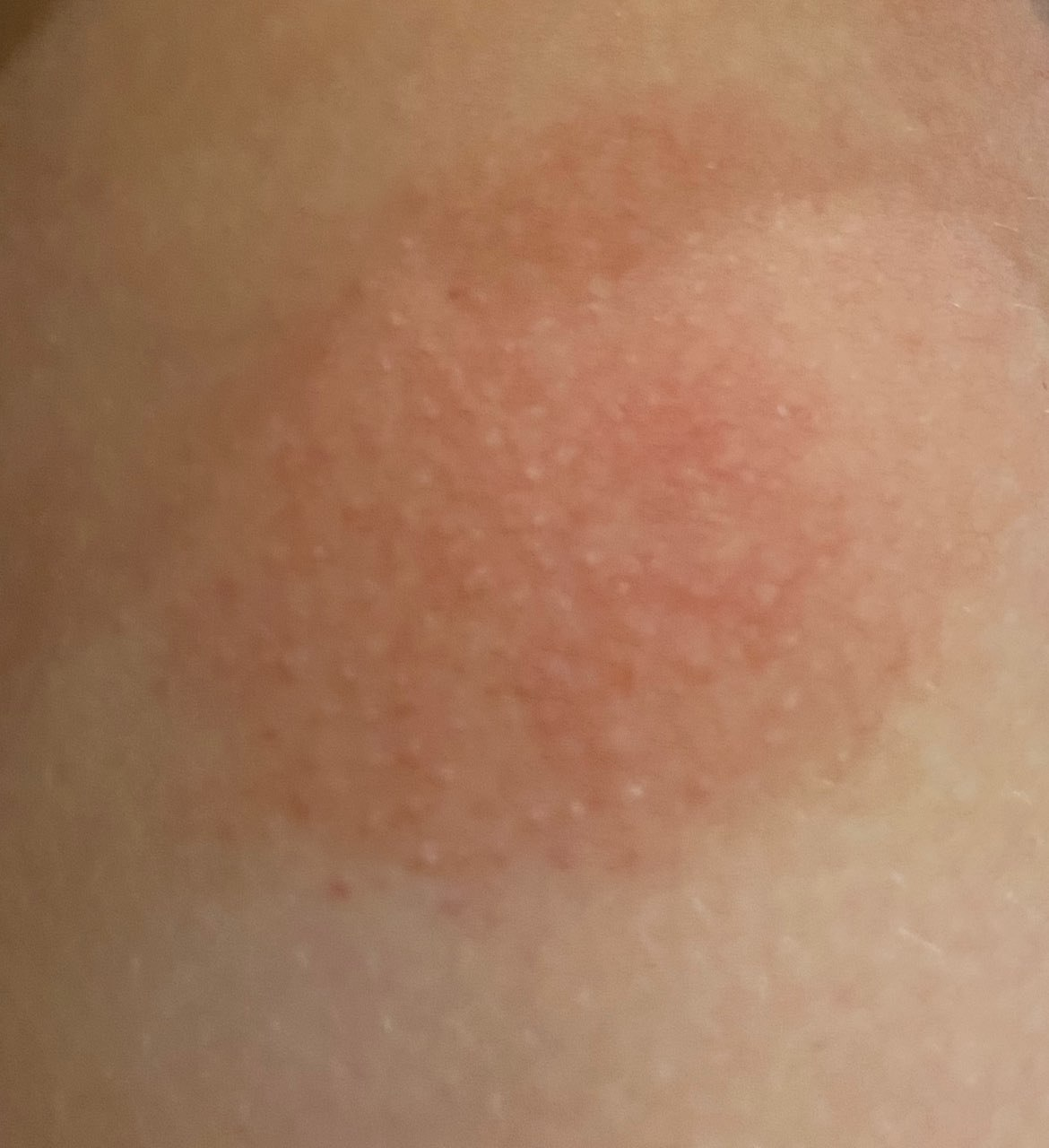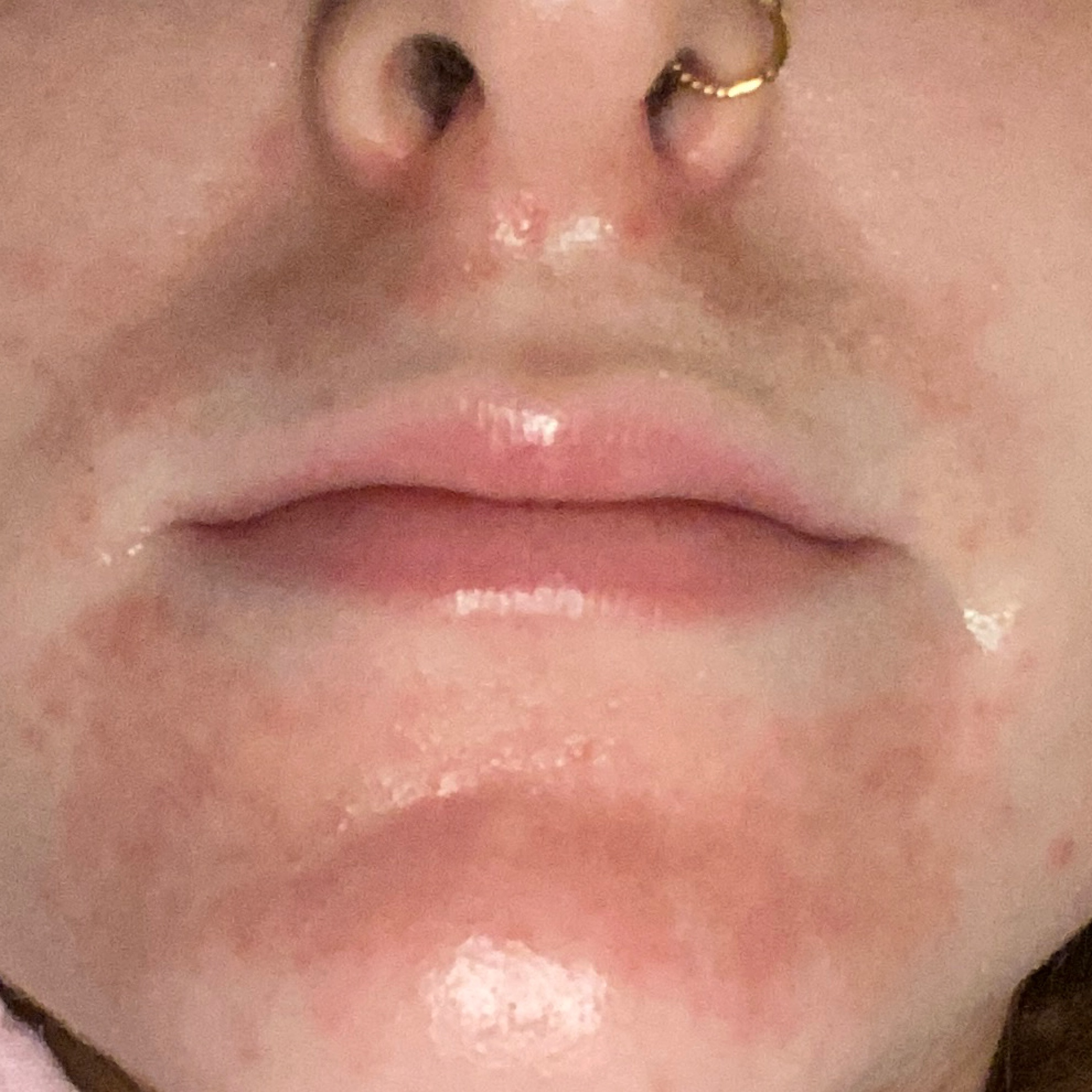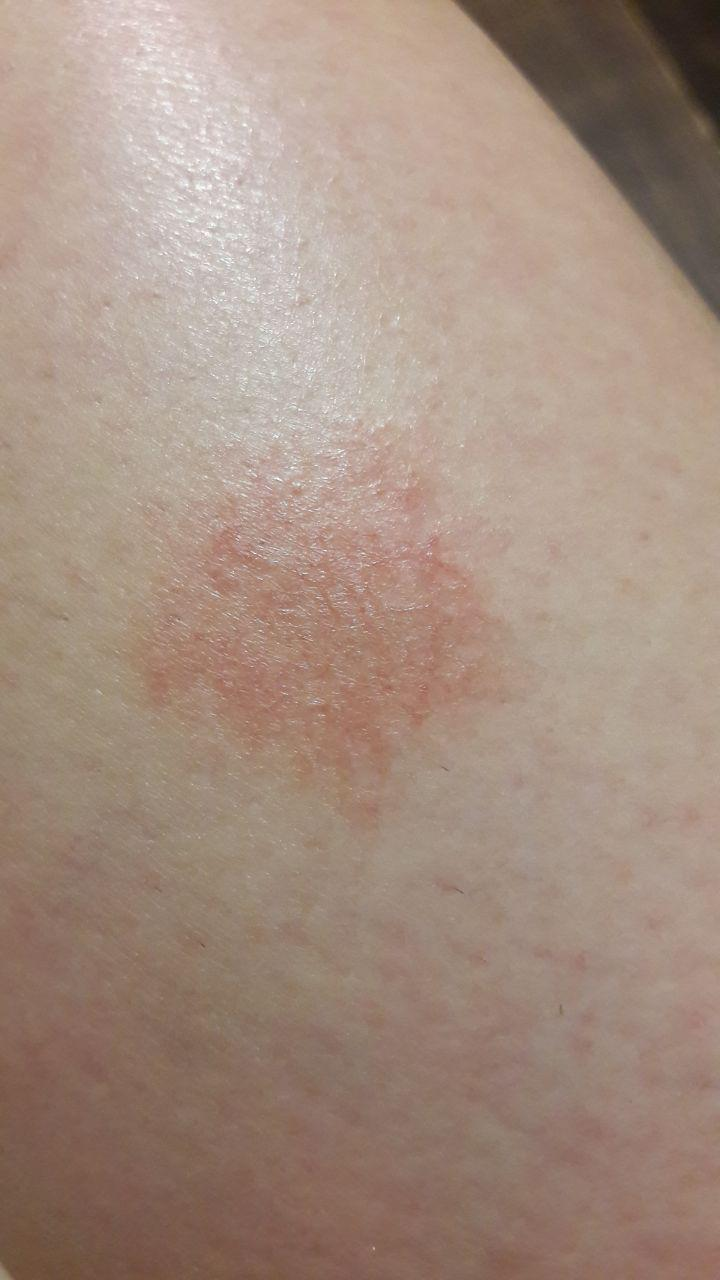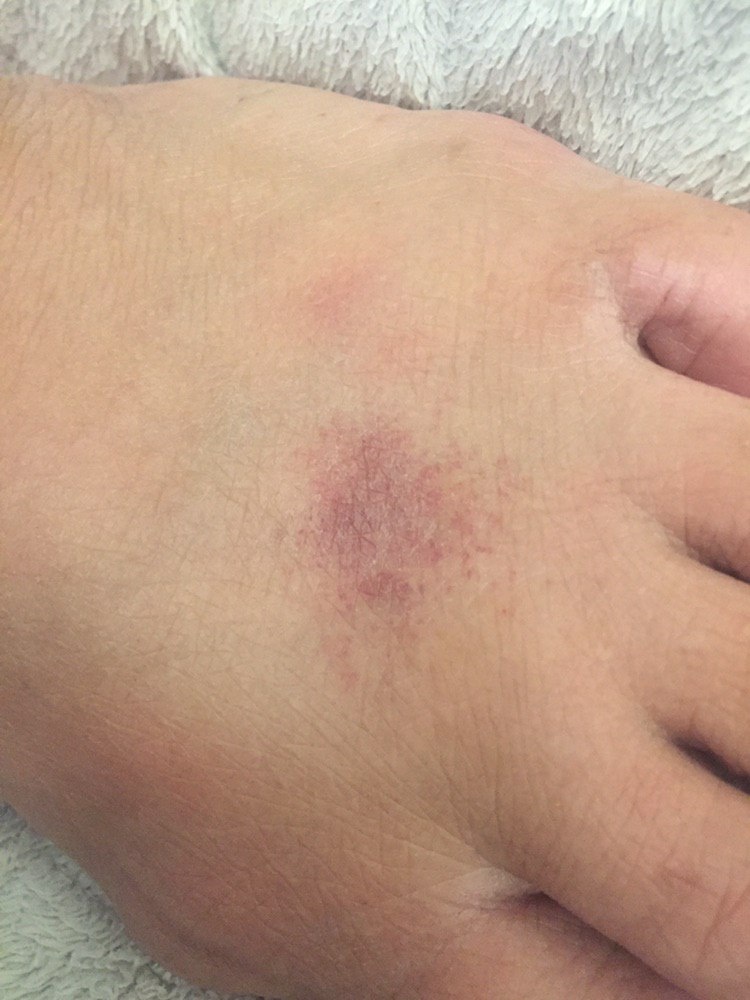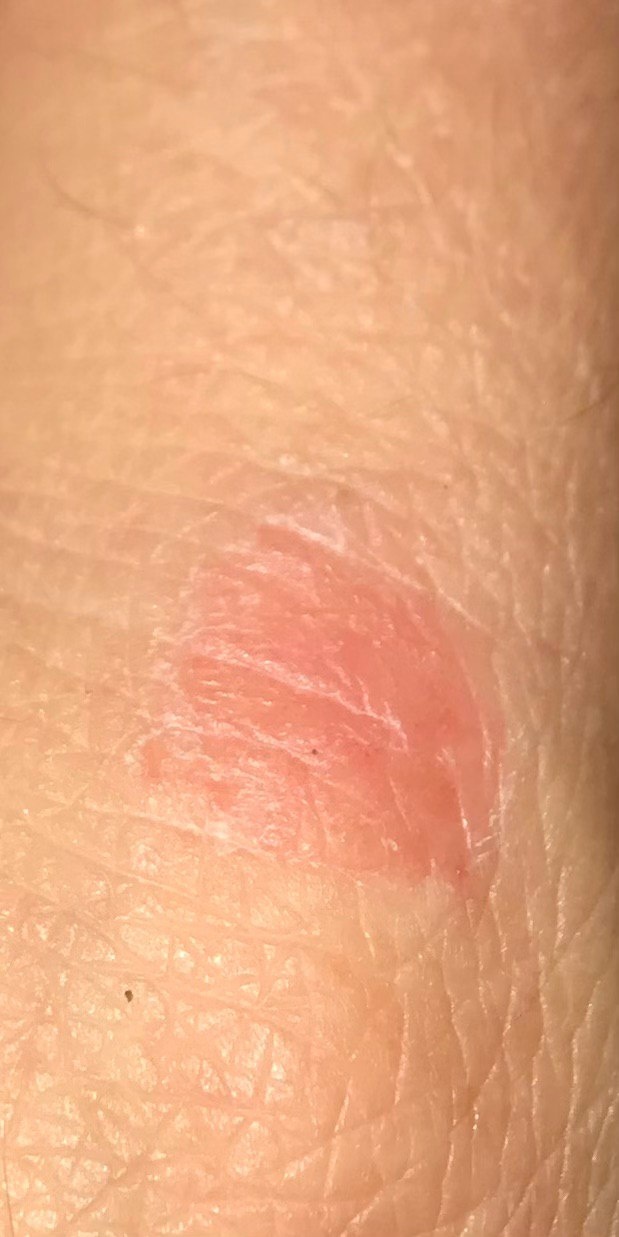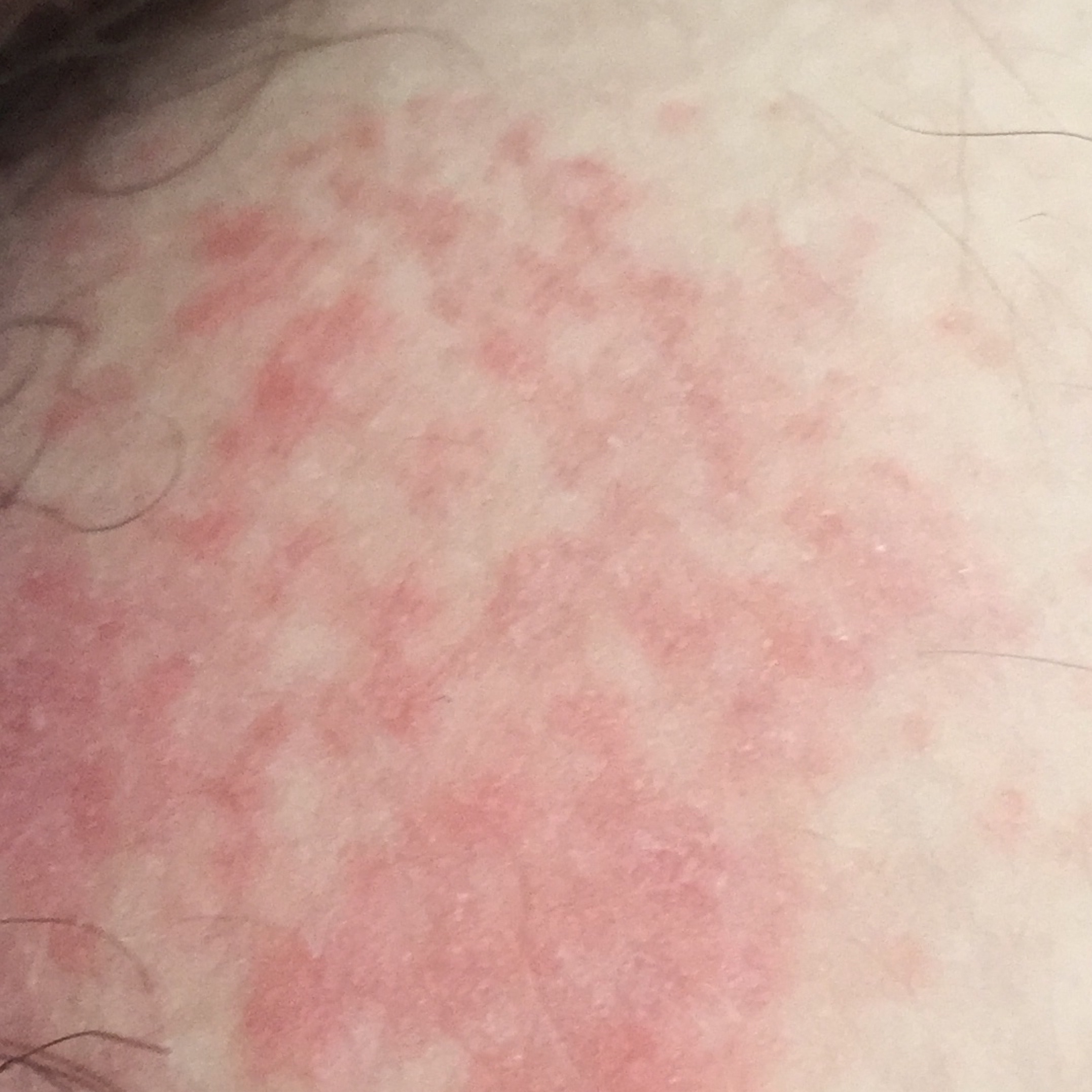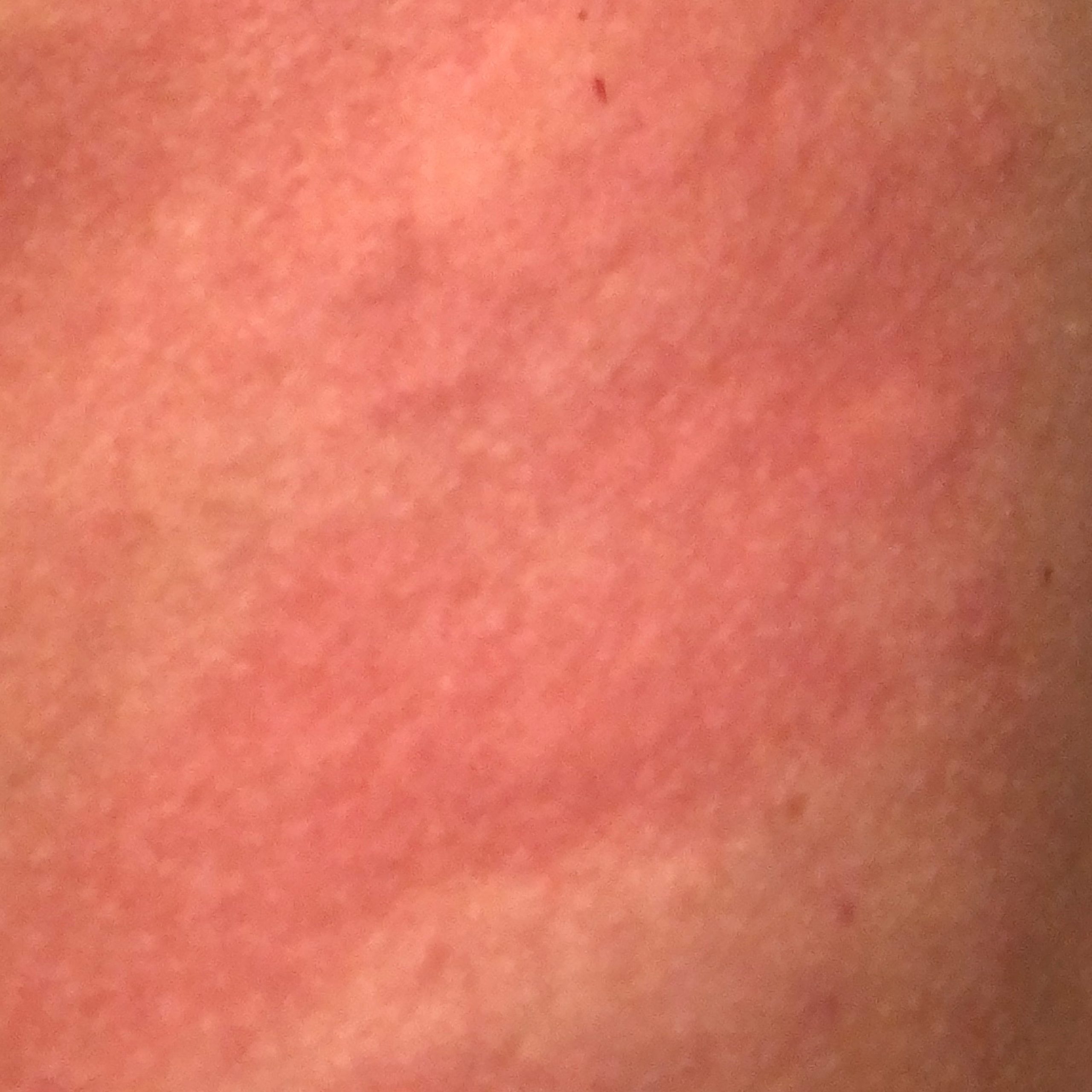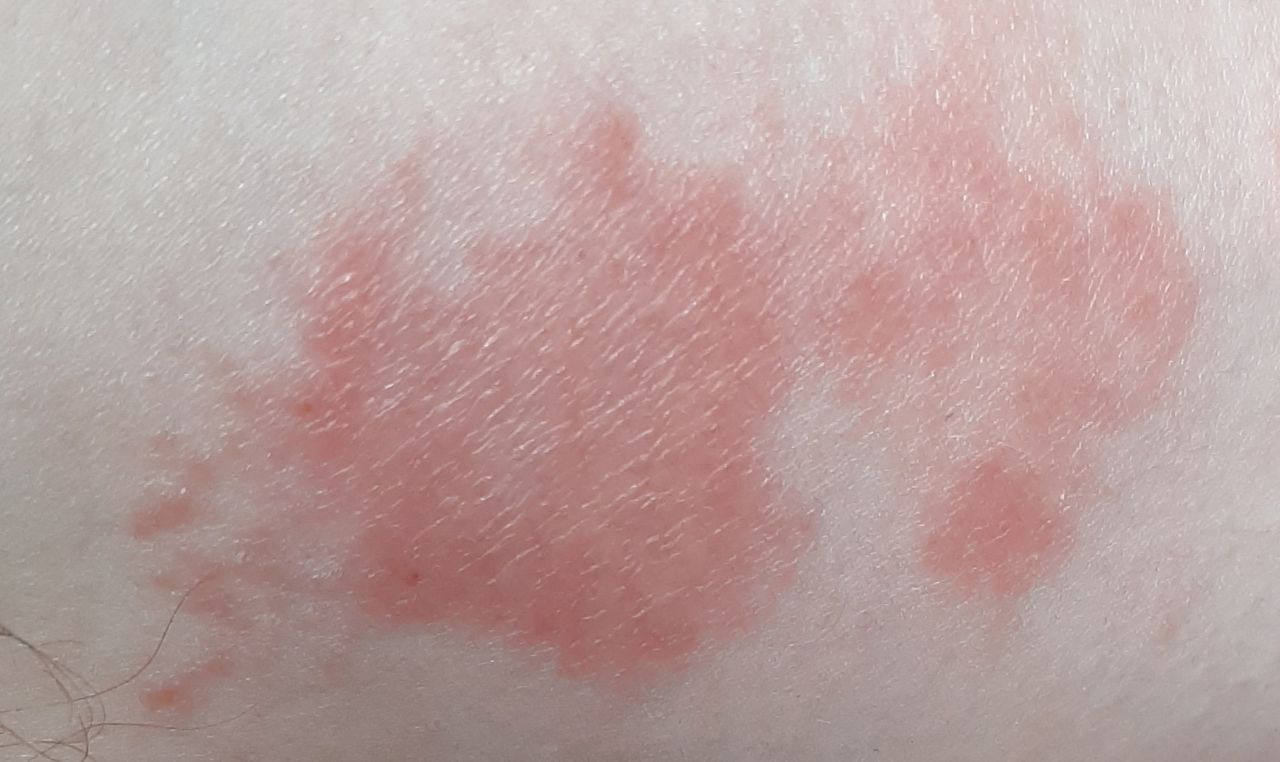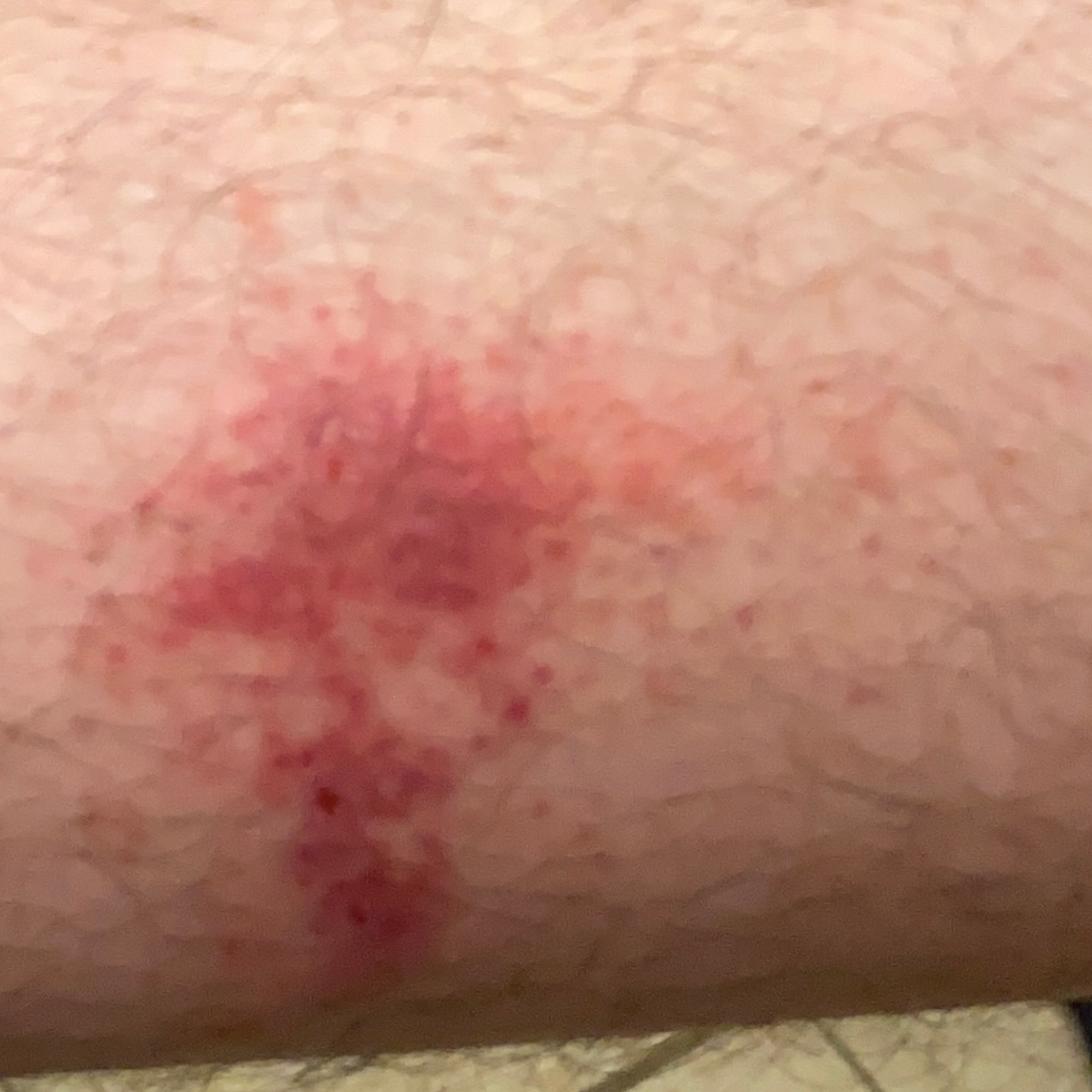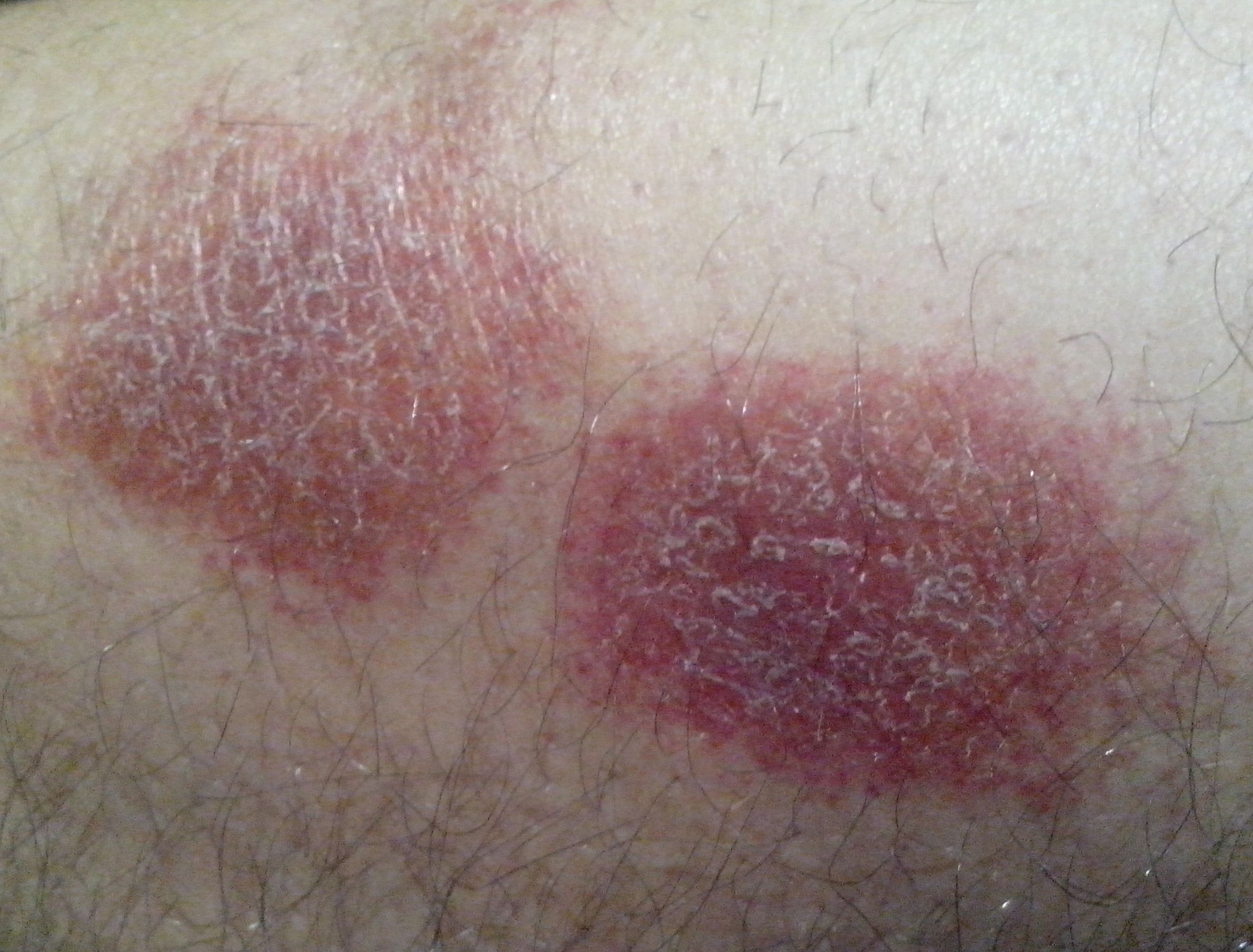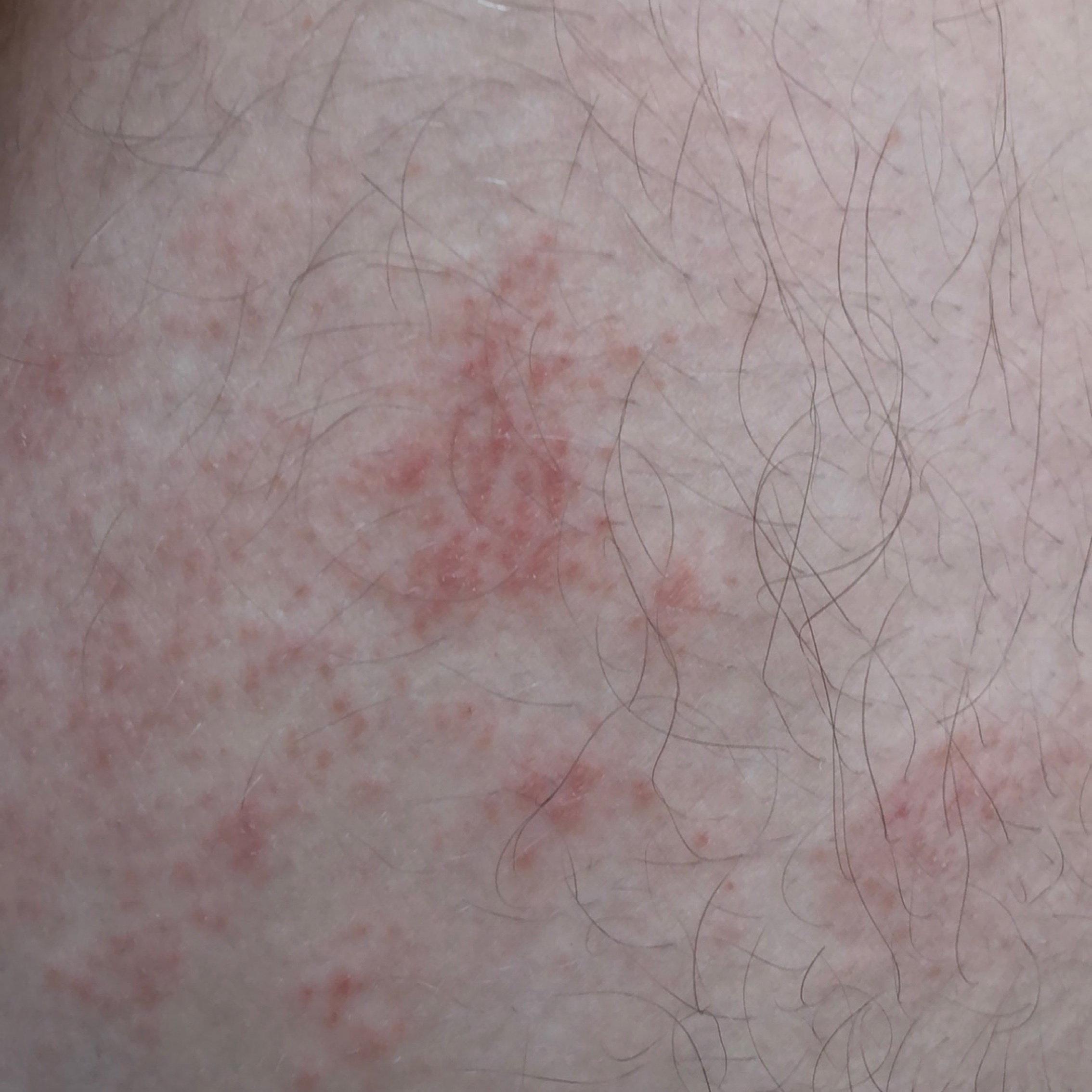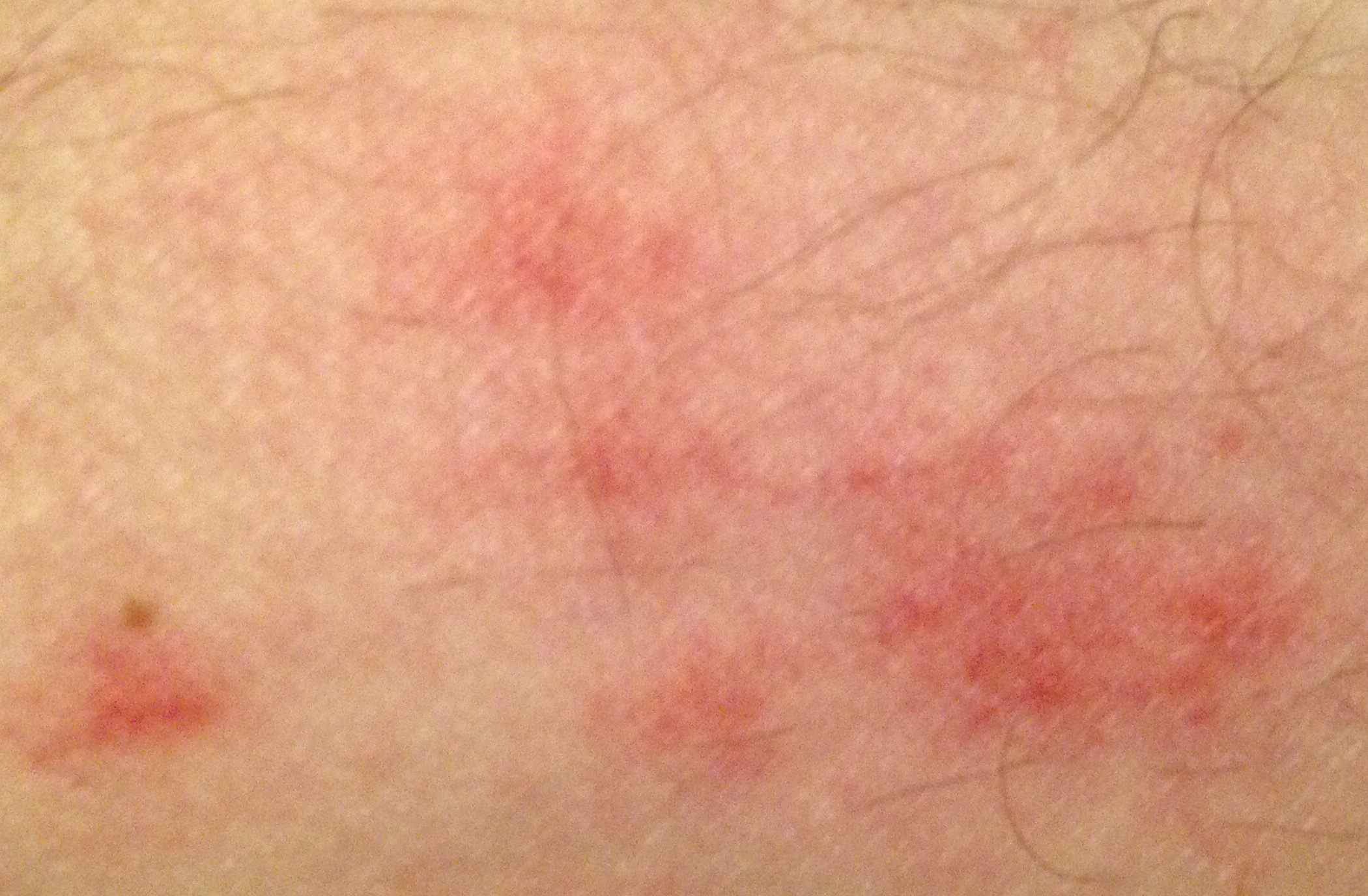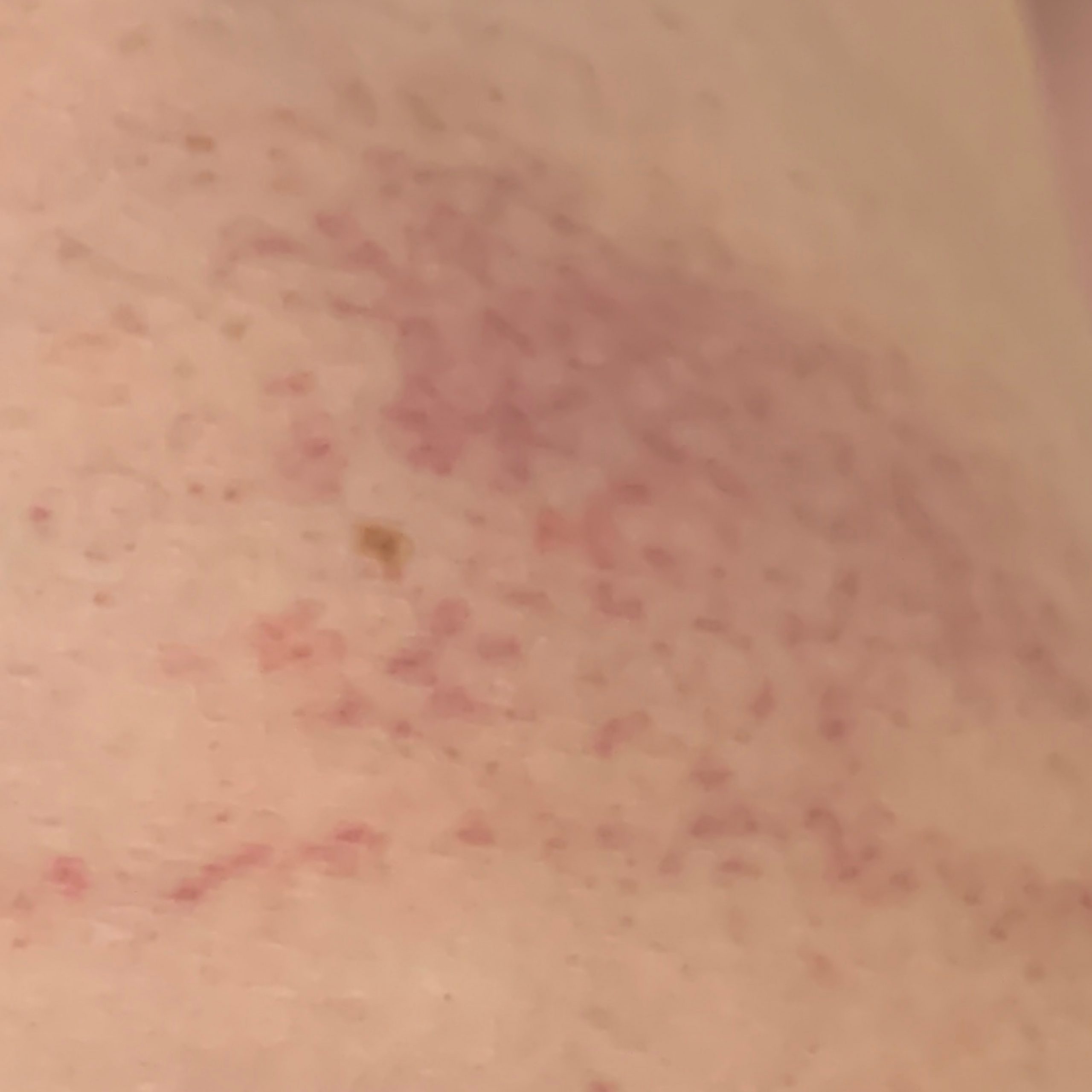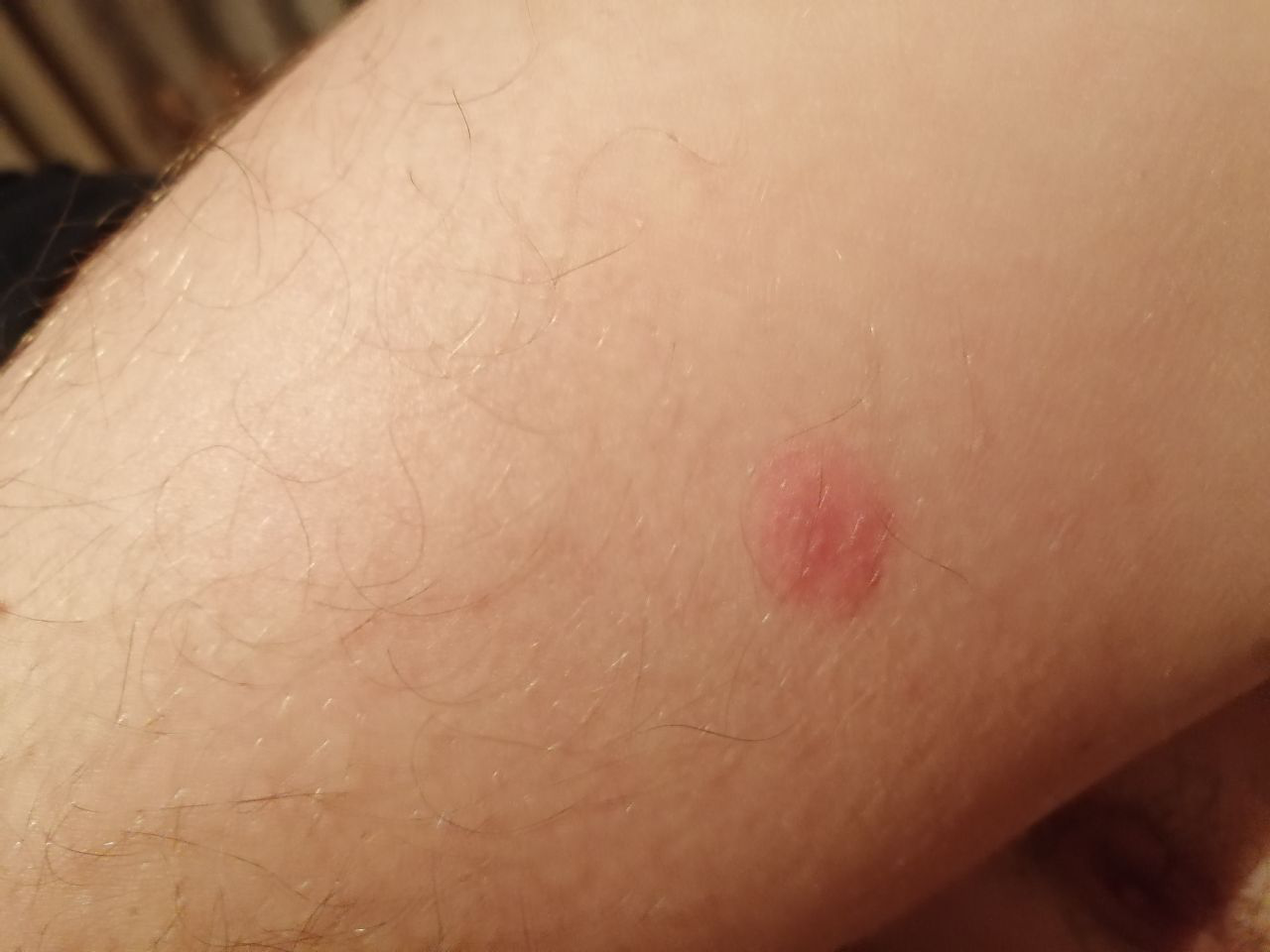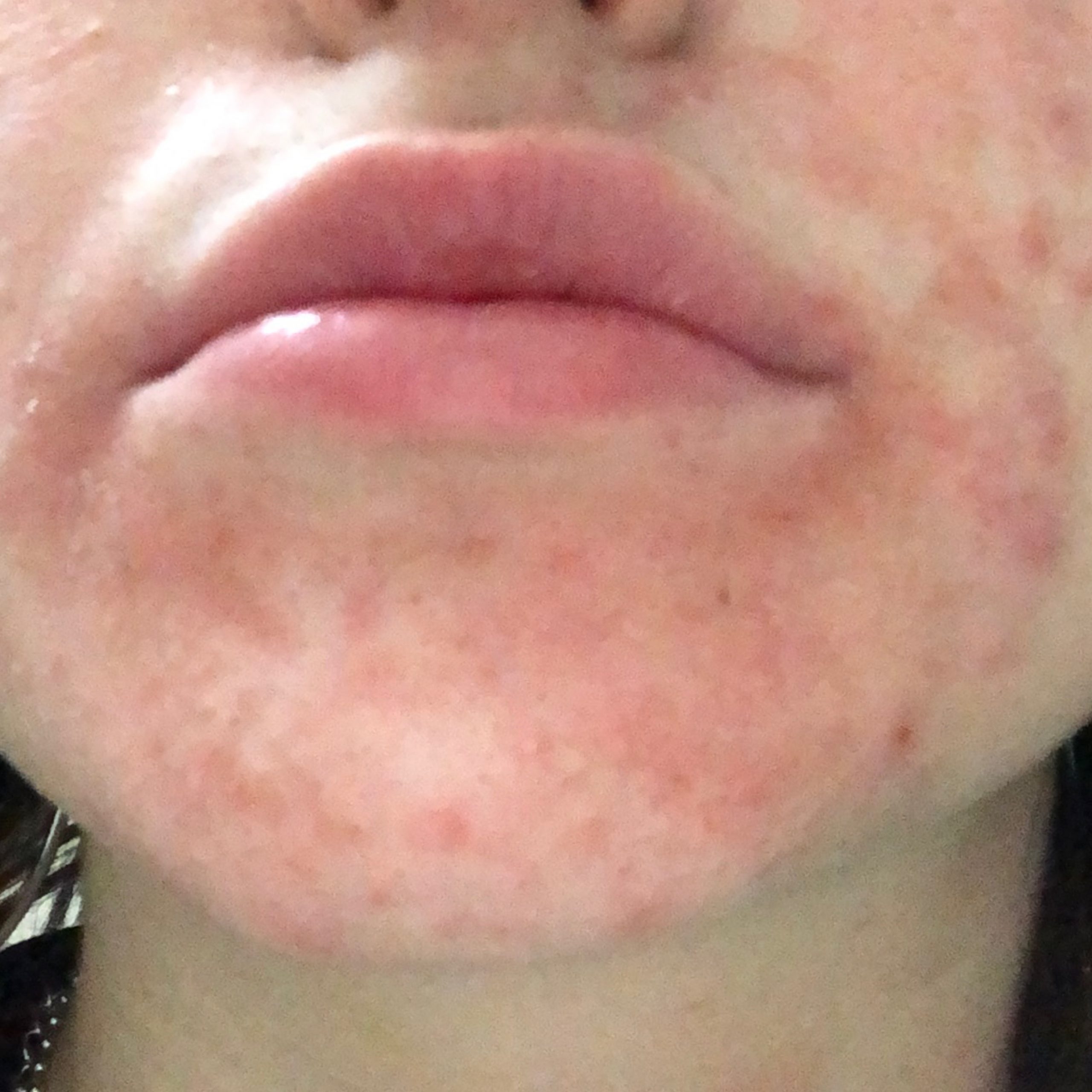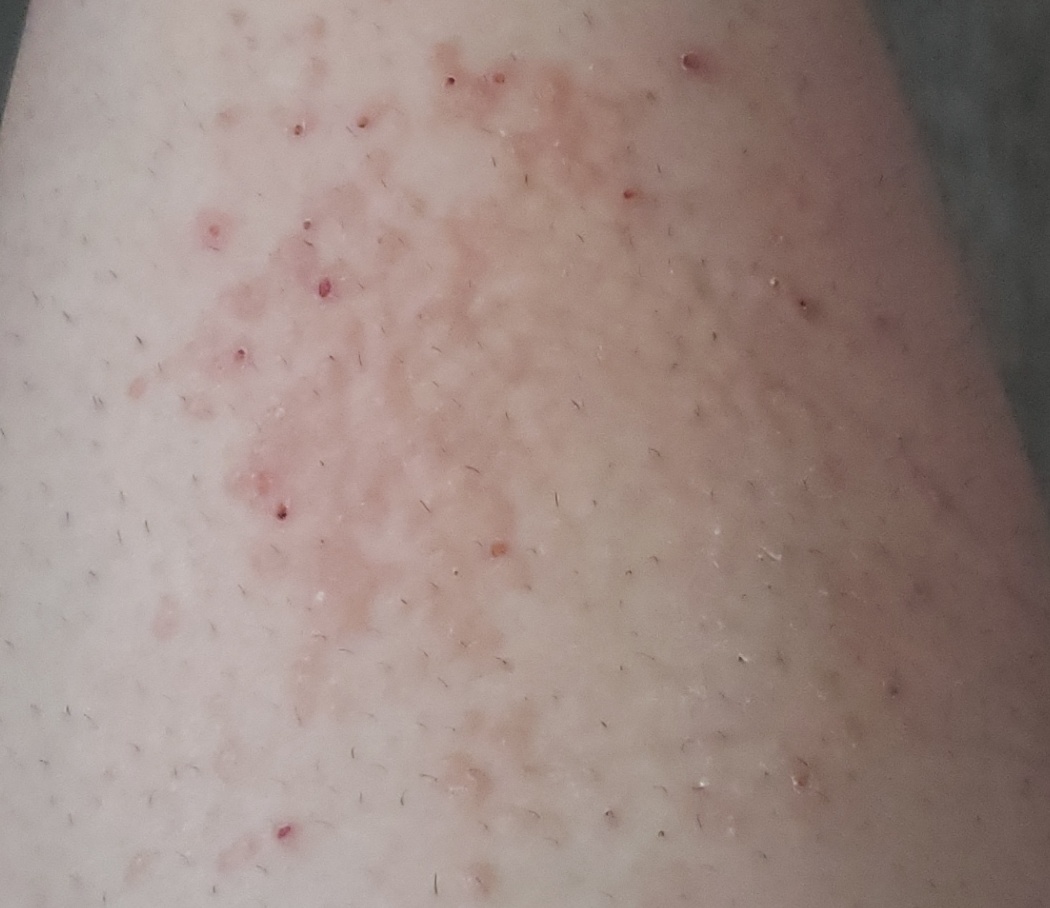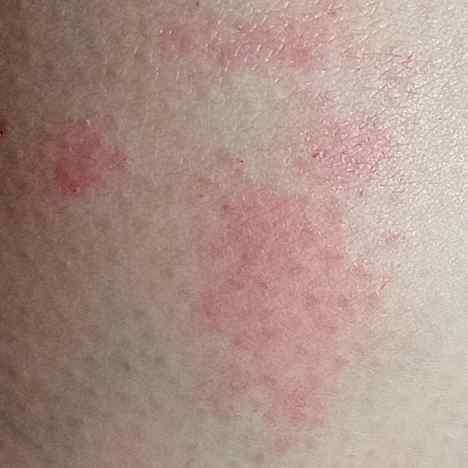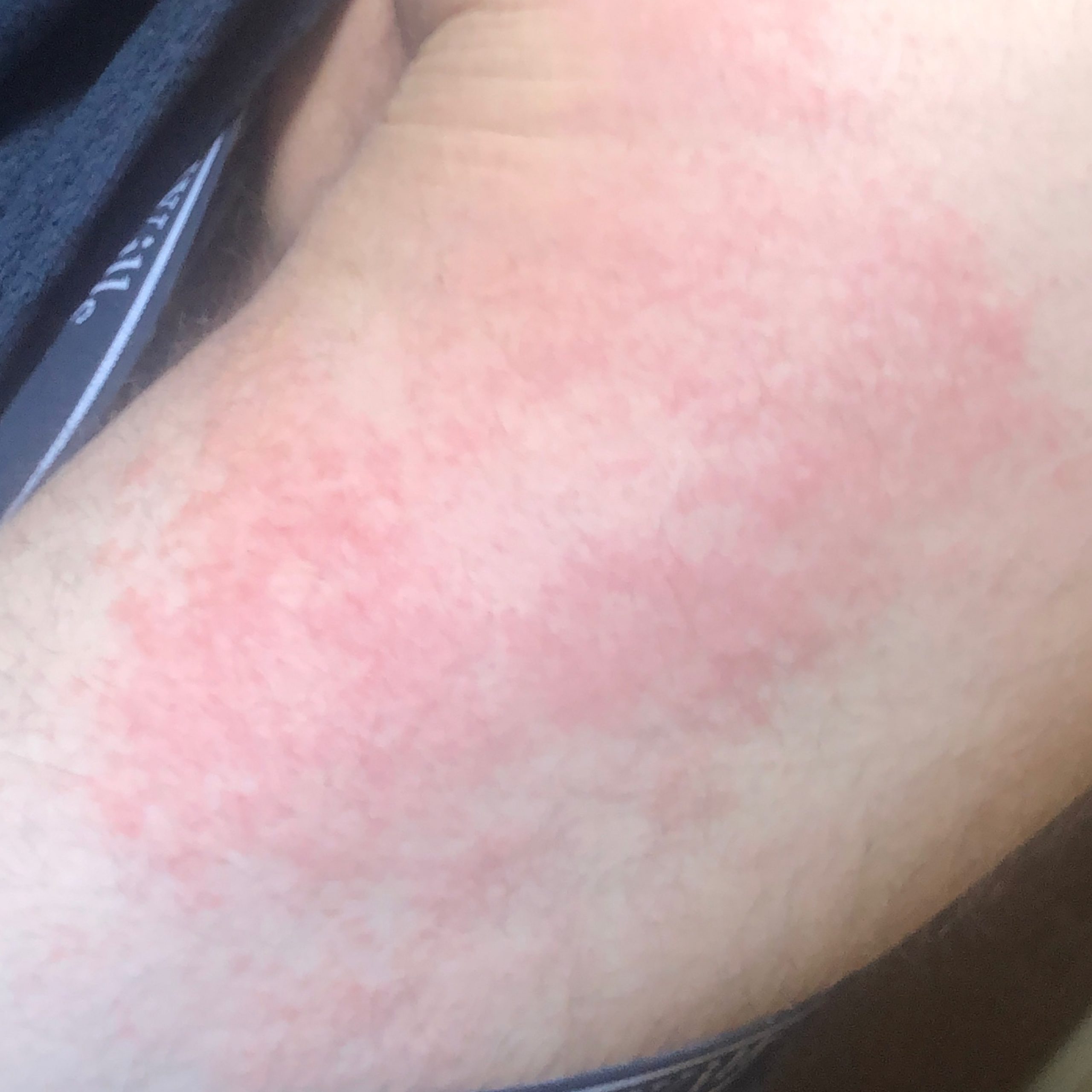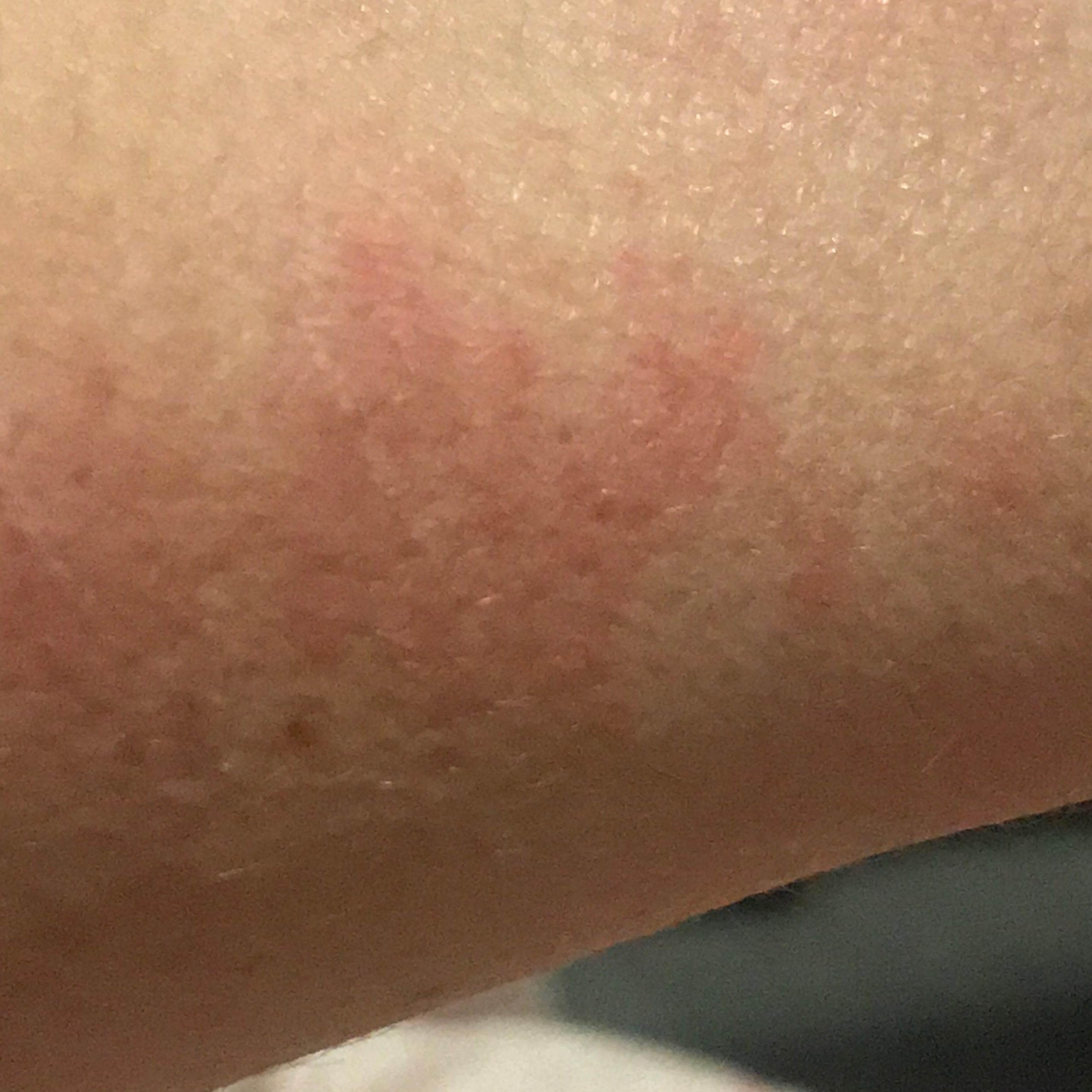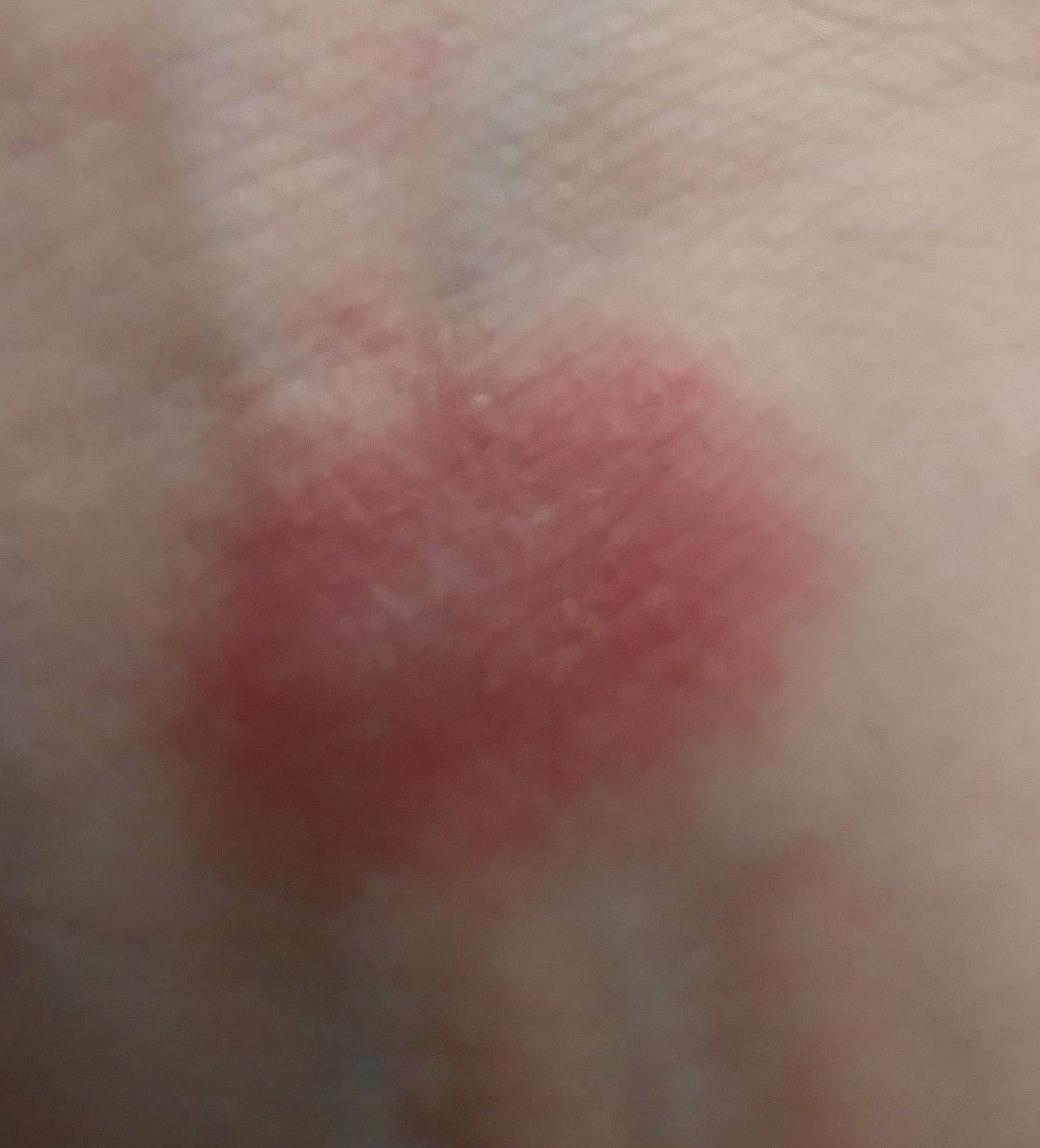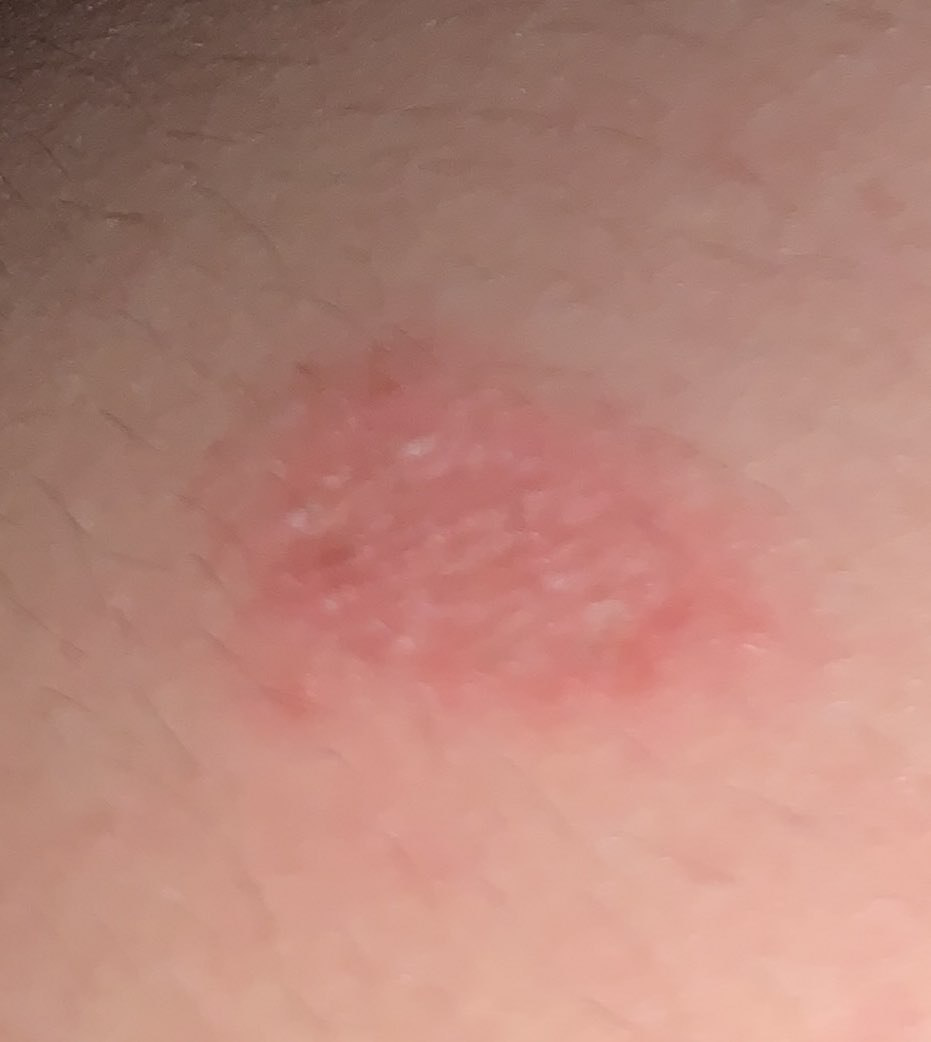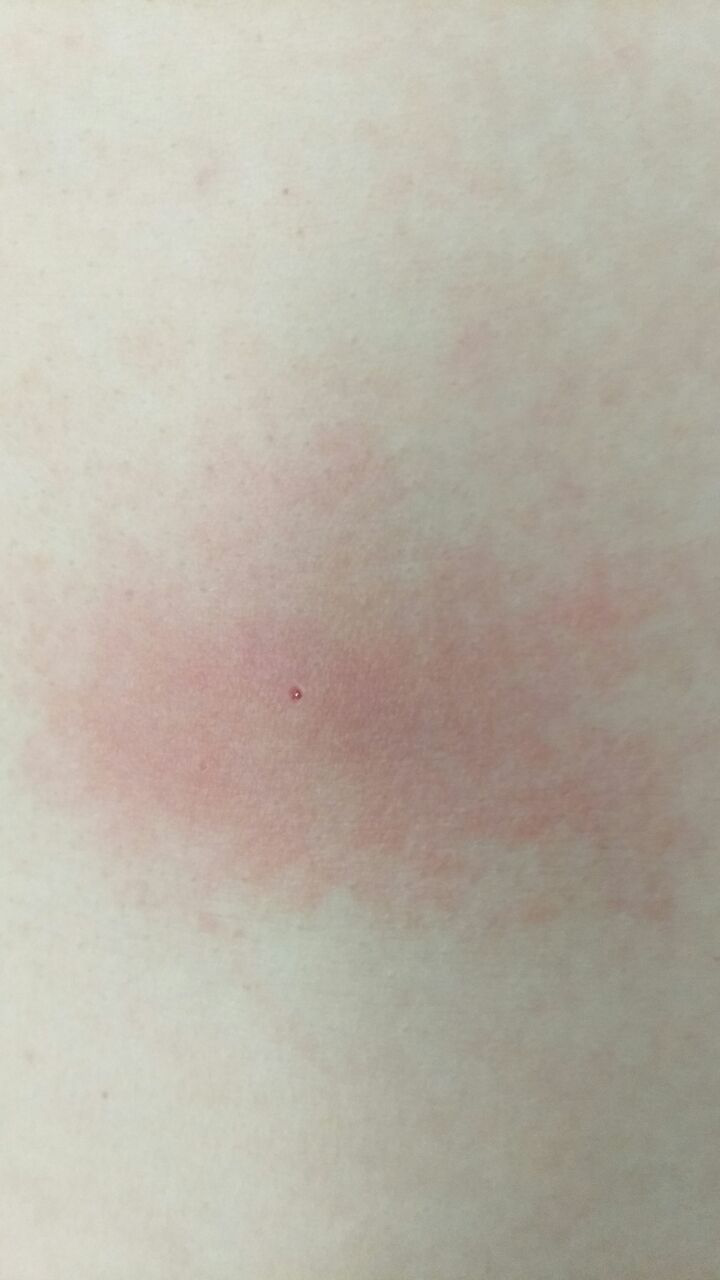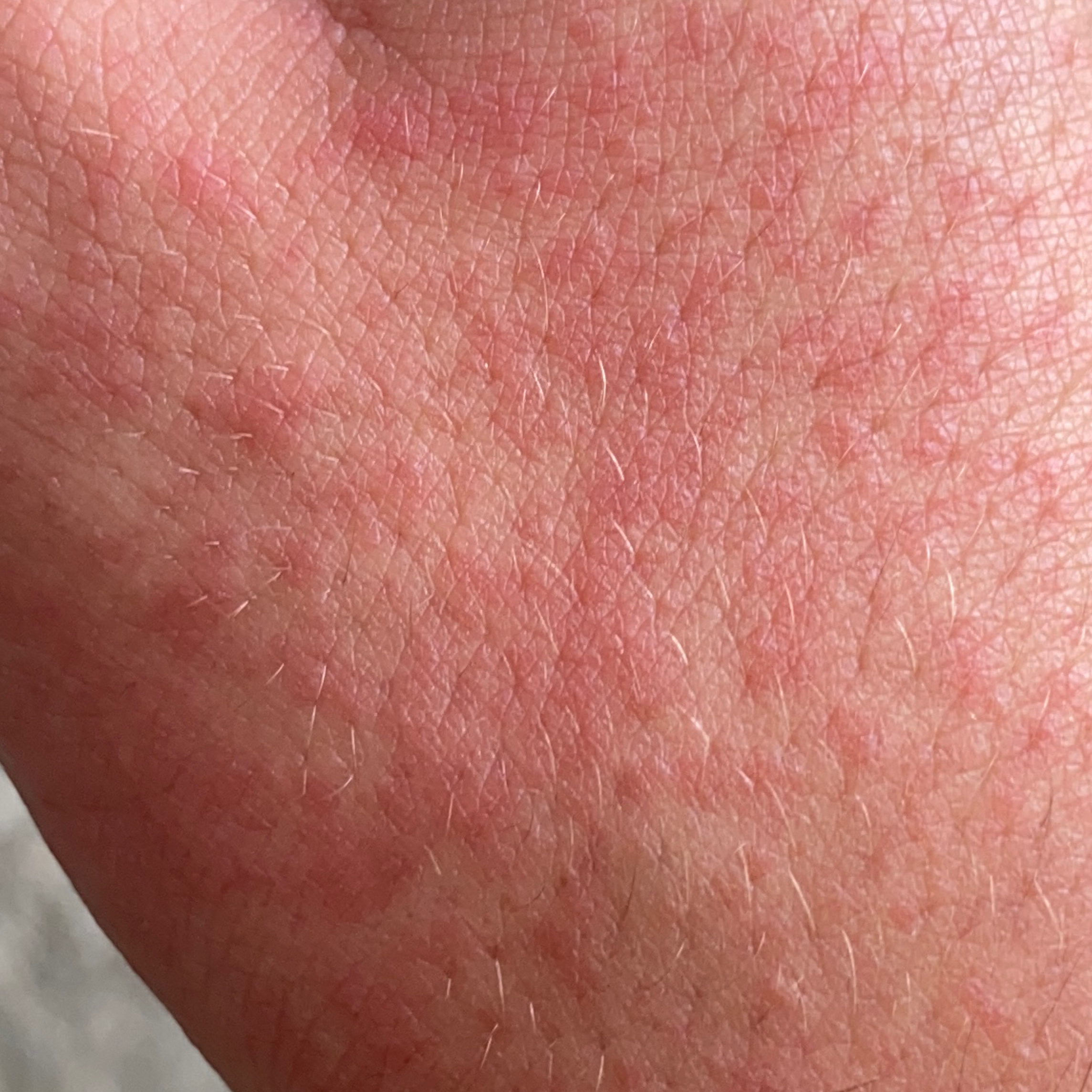Dermatitis (from the ancient Greek δέρμα, δέρματος – skin + Latin itis – to move, turn) – acute or chronic inflammation of the skin , developing at the site of direct exposure to an external physical or chemical factor.
This disease is very common, affecting 15-20% of all patients with skin diseases.
Manifestations
- in acute course
- redness
- edema
- bubbles
- wetting
- crusts
- with chronic course
- thickening of the skin (lichenification)
- peeling.
The diagnoses “dermatitis” and “eczema” are often used interchangeably. In the Anglo-American medical literature, the term “dermatitis” is more often used to refer to such diseases. In European dermatology, for many decades it has been customary to call intolerance skin reactions that occur acutely and have a tendency to rapid self-recovery – dermatitis , and chronically occurring with a weak tendency to self-recovery – eczema .
With this in mind, the following classification of dermatitis has been adopted :
- Acute contact dermatitis
- simple
- allergic
- Chronic contact dermatitis
- cumulative-toxic
- allergic
Simple irritant contact dermatitis
The intensity of inflammation is related to the concentration of the irritant (irritant) and the duration of contact.
Provoking factors:
- constant contact with weak stimuli
- water
- soap
- heat
- friction
- contact with a strong irritant
- acids
- alkalis
- wet cement
Manifestations:
- with constant contact with weak stimuli
- dryness
- cracks
- erythema
- strong stimuli cause an immediate reaction
- burning
- redness
- edema
- ulceration
About 80% of cases of contact dermatitis are simple irritant contact dermatitis. Unlike allergic contact dermatitis, there is no allergic reaction to a specific allergen in the development of irritant contact dermatitis.
Development mechanism
- Susceptibility to an irritant (irritant) is individual and may vary.
- Ways of exposure to the stimulus:
- direct contact
- air way
- The most common irritants:
- detergents
- acids
- alkali chemicals
- oils
- organic solvents
- oxidants
- chemical reducing agents
- water
- fiberglass
- sawdust
- formaldehyde
- epoxy resins
- industrial solvents
- glutaraldehyde
- constant friction and mechanical irritation
- When the irritation threshold is reached, persistent dermatitis develops from minor contact with mild irritants.
- Low humidity lowers the irritation threshold.
- Exposure to moisture and the wet-dry cycle in areas such as the palms, buttocks, groin, and skin around a wound, and in infants, often causes inflammation.
- Irritant dermatitis can be complicated by allergies as the use of topical drugs increases, and also as a result of the easier penetration of allergens into damaged skin.
- Atopic background (hay fever, asthma or eczema) predisposes to increased susceptibility of the skin to irritation, dermatitis in such patients takes a long time and is more difficult to treat.
Symptoms
- Localization
- dorsal and palmar surfaces of the hands
- eyelids
- lips (often the habit of licking the lips leads to a repetitive wet-dry cycle)
- Symptoms are subjective
- itching
- burning (often overridden by itching)
- soreness
- Symptoms are objective
- erythema (redness)
- dryness
- painful cracks
- peeling
- vesicles (rare)
Acute irritant dermatitis may present as weeping papules and/or vesicles on an erythematous patchy background with weeping and edema.
Persistent chronic irritant dermatitis is characterized by lichenification, erythematous macules, fissures, excoriations, and scaling. The hyperkeratotic form is characterized by persistent scaling, fissures, and mild erythema and may result from mechanical trauma, such as paper handling. Exposed skin may “burn” on contact with topical preparations that are otherwise well tolerated.
Laboratory diagnostics
- Examination in KOH solution to exclude fungal infection
- Patch test to assess the role of allergic contact dermatitis if its presence can be suggested from the history (eg, exposure to allergens) or if the disease is torpid and persists despite treatment and prevention measures. The patch test is usually performed using ready-made allergen screening lots consisting of 24 samples.
- Biopsy is rare and shows spongiosis, dermal edema, and an inflammatory, predominantly lymphocytic, infiltrate
Differential Diagnosis
- Allergic contact dermatitis (vesicles and itching are often more typical of allergic contact dermatitis than simple irritant contact dermatitis).
- Atopic dermatitis.
- fungal infection.
Treatment
- Elimination or reduction of contact with skin irritants.
- Reducing the number of wet-dry cycles that occur due to, for example, constant handwashing.
- Cotton gloves worn under vinyl gloves help reduce hand wetness when working in wet environments.
- Appropriate gloves should be worn when handling specific solvents or chemicals.
- Regular application of softening emollients such as petroleum jelly to the affected skin.
- With simple irritant dermatitis of the hands, local hormonal agents are applied twice a day for several weeks – topical steroids of medium or high pharmacological efficacy to reduce erythema, itching, swelling and soreness.
Allergic contact dermatitis
Allergic contact dermatitis is a delayed-type allergic reaction that is caused by skin contact with an allergen. An allergy is specific to a particular chemical.
The most common allergens:
- metals such as nickel and chromium
- rubber additives in the material of gloves and footwear ( carbamates , thiurams , mercapto-benzathiazole )
- preservatives or other additives in skin lotions, sunscreens, other cosmetics and hygiene products
- flavorings and aromatic additives
- dyes
- formaldehyde and related substances
- nail polish additives
- topical medications (eg, bacitracin , neomycin , hydrocortisone)
Development mechanism
- Contact with the chemical is necessary for the development of an allergy. After the initial contact, the development of hypersensitivity of the allergic type takes 14-21 days.
- The time required for the development of inflammation in a previously sensitized person is 12-48 hours, but can vary from 8-120 hours.
- After a single contact, the rash can last up to 3 weeks.
- Allergies to products (cosmetics, external medicines, allergens related to the patient’s profession) or to other substances can occur even if the patient has previously been in contact with them for a long time and without any difficulty.
- Eruptions recur if contacts are repeated.
- Because many products have the same or chemically similar ingredients, substituting one topical product for another often does not resolve the rash.
- Some patients develop contact allergies to several allergens at once (multiple).
- Some allergen-causing substances are photoallergens: their interaction with sunlight is necessary for an allergic reaction to occur.
- Individuals sensitized to topical drugs or other allergens may develop generalized eczematous inflammation if drugs or other chemicals are ingested (intrinsic-external reaction). For example, a patient sensitized to topical diphenhydramine cream reacts with a generalized rash to oral diphenhydramine .
- Strong sensitizers such as poison ivy can cause intense inflammation despite their low concentration or short contact; weak sensitizers can only cause pruritic erythema.
Symptoms
The intensity of inflammation depends on individual degree of sensitivity, allergen concentration and from the duration of contact with the allergen.
- Subjective symptoms
- severe itching
- Objective symptoms
- vesicles
- edema
- erythema
- blisters (cause strong allergens like poison ivy)
Localization
- The palms, forearms, and face are the most common sites for allergic contact dermatitis.
- Initially, dermatitis only affects the area of direct contact.
- If this contact is chronic, allergic dermatitis may spread beyond the area of primary contact.
- Plant dermatitis is often linear.
- Allergy to a topical preparation applied to the face may present as asymmetrically itchy patches of erythema, and vesicles are rarely present.
- Allergic contact dermatitis can affect very limited areas of the skin, such as the eyelids, backs of the hands, lips, feet, or genitals.
- Airborne allergens (such as from burning poison ivy) can cause dermatitis on the face (including the eyelids and skin behind the ears), neck, and other exposed areas of the body.
- Photoallergic contact dermatitis typically affects exposed areas of the body: the face, neck, forearms, and backs of the hands. Areas under the chin, on the upper eyelids, and behind the ears are usually not affected.
- Occupational allergic contact dermatitis most commonly affects the palms; the face and eyelids may be affected if the allergen is airborne or there is indirect transmission of the allergen from the hands to the face.
Laboratory diagnostics
- Flap testing is indicated for individuals with persistent or recurrent dermatitis. It is carried out with a fairly wide panel of allergens from the fields of professional activity and leisure, as well as those associated with skin care products. If the set of allergens for patch testing is limited or does not include allergens from the patient’s occupational area, some important allergens may be missed. Proper patch testing requires three visits to a dermatologist. The first is to apply the allergenic chemical at the appropriate concentration, the second is to take the test, read and analyze the results, and the last visit is for the final assessment of delayed reactions. If the last step is omitted, allergen identification may fail.
- Patchwork phototest is performed in patients with the distribution of the lesion according to the type of photodermatitis.
Differential Diagnosis
- Irritant contact dermatitis
- Atopic dermatitis (the type of distribution of lesions can help in differentiation; atopic patients often have contact allergies).
- Connective tissue diseases
- Rosacea (erythema distribution, flushing, and presence of a burning sensation help to make a differential diagnosis).
Treatment
- For recovery, it is necessary to avoid contact with the allergen. It is important to correctly identify allergens. If the cause is not obvious, it is recommended to start treatment in order to conduct an examination later and schedule a patch test.
- All moisturizers, lotions and external agents are canceled, with the exception of plain petroleum jelly, if it is necessary for dry skin.
- Some allergens (such as those in hair color chemicals and adhesives) can penetrate rubber gloves, so this protection may not be adequate.
- For the treatment of dermatitis, corticosteroid ointment is prescribed twice a day for 2-3 weeks.
- The choice of pharmacological efficacy of a corticosteroid depends on which area of the body is affected: weak corticosteroids are used for the face, medium-strength corticosteroids for the arms, legs and trunk, and corticosteroids with high pharmacological efficacy for the palms and soles.
- It is preferable to use a corticosteroid ointment rather than a cream, since cream additives can be allergenic.
- In the case of severe or generalized contact dermatitis, a course of systemic corticosteroids is prescribed for 3 weeks with a gradual decrease in dosage.
